While Gary Numan is often seen as the synthesizer’s first major pop star, his biggest influence was the first incarnation of ULTRAVOX! lead by John Foxx.
Following that self-titled 1977 debut with tracks co-produced by Brian Eno like ‘My Sex’, ULTRAVOX! gradually increased their use of synthesizers as part of a sound that stood out at the height of punk. The leadlines and soloing on ‘The Man Who Dies Every Day’ from their second album ‘Ha! Ha! Ha!’ demonstrated how powerful and fierce synths could be.
After the third album ‘Systems Of Romance’ in 1978 produced by Conny Plank which spawned standout moment such as ‘Slow Motion’, ‘Quiet Men’ and ‘Just For A Moment’, the technology had become so affordable and straightforward to use that Foxx saw he could realise his future musical vision without a band. Using just synths and drum machines with occasional bass guitar, the end result was the seminal 1980 debut solo album ‘Metamatic’ engineered by Gareth Jones. “It was minimal, primitive technopunk” said Foxx, “Car crash music tailored by Burtons”
For a short period with singles like ‘Underpass’, ‘No-One Driving’ and ‘Burning Car’, John Foxx became an unlikely pop star in his grey suit with Top40 hits, appearances on ‘Top Of The Pops’ with a band all equipped with Yamaha battleship keyboards and a previously unreleased track from the ‘Metamatic’ sessions ‘My Face’ given away free on a flexidisc attached to the front cover of ‘Smash Hits’ magazine.
Despite what appeared to be a long hiatus between 1986 to 1990 which can now be seen as nothing by today’s standards, John Foxx has been extremely prolific in his solo work and collaborations with the likes of Tim Simenon, Louis Gordon, Jori Hulkkonen, Jim Jupp, Robin Guthrie, Theo Travis, Steve D’Agostino, Steve Jansen, the late Harold Budd and his main partner-in-crime during the 21st Century Ben ‘Benge’ Edwards aka THE MATHS.
John Foxx is not just known for his music but he is also an esteemed visual artist. He recently published a 224 page book ‘Electricity & Ghosts’ collecting reproductions of the varied artistic media he has worked in, including drawing, photography, painting, graphic art, sculpture and collage. Created in collaboration with Grammy award winning graphic designer Jonathan Barnbrook, it includes a unique first-person narrative of his early college artworks and the creation of ULTRAVOX! which was initially conceived as an art project.
With ‘Metamatic’ soon to celebrate its 45th Anniversary, this was the perfect time for ELECTRICITYCLUB.CO.UK to chat to John Foxx about his close encounters with synthesizers through the years over a game of Vintage Synth Trumps in Düsseldorf, the spiritual home of modern electronic pop.
OK John, the first card is a Sequential Circuits Pro-One… had you ever used much equipment from them before?
Not personally no, but Duncan Bridgeman who played on ‘The Garden’ album did. There were some very fine sounds he came out with.
On ‘The Garden’, there was a lot more of a band sound like on ‘Dancing Like A Gun’ and ‘Walk Away’, so were they shaped by jamming together?
I’d bring the song in and play it, then Duncan and Jo Dworniak who is a great bass player, together with Robin Simon from ULTRAVOX! So we’d get together and go through the song a couple of times and then record it.
Duncan Bridgeman and Jo Dworniak were from this Britfunk band I-LEVEL, so how did you come across them?
It was in the studio, I’d heard them recording and thought “these guys are good” so I had a chat with them and it turned out they knew about my music and particularly liked the song ‘Metal Beat’ because it wasn’t regular time, it wasn’t “funky” but it had a broken up rhythm and they enjoyed that. So we got together to try out a few songs and it worked really well.
Next card and it’s a Korg 770…
I liked Korg stuff, a lot of people used it. I had some Korg keyboards although I preferred Roland. THE HUMAN LEAGUE had quite a bit of Korg and profited greatly from it. I remember having a conversation with Martyn Ware about the early synths they got, his first one was a Korg I understand…
The affordability of Korg made things more accessible so could you see a wave of creativity coming with these cheaper synths?
Yes! Because much earlier, the first people I knew who got a synthesizer were GLORIA MUNDI from which Eddie and Sunshine came. Sunshine bought a synthesizer and she put that through an amplifier, it was a knockout sound, so I thought “I’ve got to get one of those!”. It was that which started my interest in actually buying one. This was before ULTRAVOX! had recorded anything.
Did the rest of ULTRAVOX! need much persuading at the time to get into synths and technology?
Not really, Chris Cross particularly was great at getting hold of synths, Billy Currie did it slightly later because we needed to spend more money and we didn’t have any. I remember suggesting to Warren Cann about getting involved is using a drum machine and when he got to grips with it, he really enjoyed it, this was when we were recording ‘Hiroshima Mon Amour’. I asked him to switch in rhythms live which he did really well as I played guitar and sang it. That was the beginning of it.
You mentioned Eddie and Sunshine earlier and they did your first ‘Top Of The Pops’ appearance with you… this was visually significant because they all had big Yamaha CS80s. Although they weren’t actually on ‘Underpass’, did you have to hire those in?
No, I couldn’t afford to! The BBC kindly did it for us, they didn’t actually ask us, they planted these things there because they looked good. I use one now because Benge has one, I don’t know how much he paid for it, something like £5 I think but it’s worth a fortune now because it’s one of the most complex synths ever made!
Next is a Roland SH101, did you ever own one?
I have used a 101 but triggered with a rhythm to make bass parts. It was very useful for that but I never used it for anything else… I sold it after I used it which was foolish! I did that quite often!
They’re worth quite a bit now!
I know! Everything I sold is worth quite a bit now! *laughs*
Obviously working with Benge, he has massive synth armoury but when you owned The Garden studio, did you have a stash of synths for artists who hired it used?
They usually brought their own stuff although I did have quite a collection by that time. I particularly loved the Jupiter 8 and I didn’t want anybody to touch it! But when Matt Johnson of THE THE came in, he surreptitiously took it out of the store room and started using it. He had a really great time with it apparently but I didn’t mind, it’s what happens in studios! *laughs*
Ah, the next card is a Korg Poly 6, I seem to recall when you started working with Benge that you quite liked the Korg Mono/Poly?
Yes, although it’s not that I favour one synth over another, some are appropriate for what you are doing. Benge is usually the one who says “let’s try this one” and I’ll try a few synths out and one will sound right. There’s no particular favouritism going on, far from it, you just want the right sound.
You have the 45th anniversary of ‘Metamatic’ coming out and there’s a new vinyl remaster??
Yes, we’re trying to digitise the old tapes but we might have re-digitise it because digitisation changes in quality over the years, so it’s better now than it has been.
A lot of the stuff that was in the ‘Metamatic’ vaults is out now but is there anymore left?
Well, there are lots of bits because Gareth Jones and I used to put things down at the end of tapes to see if we got a good sound, you could never get the same sound back again. So we put things down like drum machine and processing though flangers and phasers and all that, sounds on the ARP or whatever sounded interesting to remind ourselves what we were doing because quite often when you’re making sounds, you don’t get to the sound you want but halfway there, something interesting happens so you want to keep it, but you still need to go on get to the sound you want. So there are lots of moments like that which we recorded.
Another card and it’s the EMS VCS3… as a youngster, did that fascinate you seeing it being used on the telly?
Oh yeah, Brian Eno had one when we were in the studio with him and Chris Cross enjoyed playing with that, I think he used it on ‘My Sex’ for one of the parts. So he later bought the compact AKS suitcase version, that was the first synth we got so that’s the memory of that one. Eno used it extensively on all his records like ‘Another Green World’, it was a great record, I thought it was like a new kind of jazz, it was non-conventional jazz, it was kind of freeform music. There were pieces on that record like ‘Sky Saw’ which even now sounds tremendous. And ‘Becalmed’ is a lovely track so it was the beginning of Eno finding his feet properly in the studio, moving away from rock ‘n’ roll into something else.
Now ‘Another Green World’ was notable for being half vocal – half instrumental and paved the way for similarly structured albums like David Bowie’s ‘Low’, is that something you would ever consider in your future works?
No, I don’t like mixing the two. I think they should be separate because I don’t think albums should be like a variety show. I think they should set a mood or a world that you go into, and I don’t want any disturbance in that.
That’s an interesting answer…ok, final card and it’s an EDP Wasp…
Ah yeah, Wasps, great fun! I used to borrow one because lots of people had them. I knew where to borrow things from. You can get some beautiful sounds from them.
You have this book ‘Electricity & Ghosts’ out compiling your graphic designs, what was the idea behind this?
Like all these things, when I pop my clogs, it’ll all get shuffled into the dustbin if I don’t do anything with it! And it’s as simple as that really!
Your visual art uses a lot of collage like the artwork for the ULTRAVOX! singles ’Slow Motion’ and ‘Quiet Men’. Leading up to your third solo album ‘The Golden Section’, the preceding singles ‘Endlessy’ and ‘Your Dress’ had collage art but for the album cover, you opted for a striking portrait photo taken by the late Brian Griffin, what was your thinking behind that?
It was just me trying to look my best, I was trying to look good! *laughs*
Was the photo intended for the cover or was it you had the photo taken for some other purpose and you liked it?
No, I wanted it to be like that and I already had the name ‘The Golden Section’. I thought “what can I do visually for that?” and then I realised I could do it with Brian Griffin because he used tungsten lighting in his photography and I’d used a lot of it, so it gave you that very rich “golden” effect. I felt it would be right so I had a word with Brian and he said yes.
Finally, your favourite synth of all time and why?
Oh, the ARP Odyssey… it’s the best noise making little brute you can ever come across. I still haven’t exhausted it, I’ve been using it for 50 years now and it still surprises me.
ELECTRICITYCLUB.CO.UK gives its warmest thanks to John Foxx
Special thanks to Steve Malins at Random Management
‘Metamatic’ is released as a 45th anniversary a grey vinyl edition on 17 January 2025, pre-orders through the Official Store will include a limited edition signed print of the album artwork at https://johnfoxx.tmstor.es/product/152300
‘Electricity & Ghosts’ is published as a hardback book available from https://eu.rocket88books.com/products/electricity-and-ghosts-classic-edition
Vintage Synth Trumps is a card game by GForce that features 52 classic synthesizers, available from https://www.juno.co.uk/products/gforce-software-vintage-synth-trumps-2-playing/637937-01/
https://www.facebook.com/johnfoxxmetamatic
https://twitter.com/foxxmetamedia
https://www.instagram.com/johnfoxxofficial/
Text and Interview by Chi Ming Lai
4th November 2024


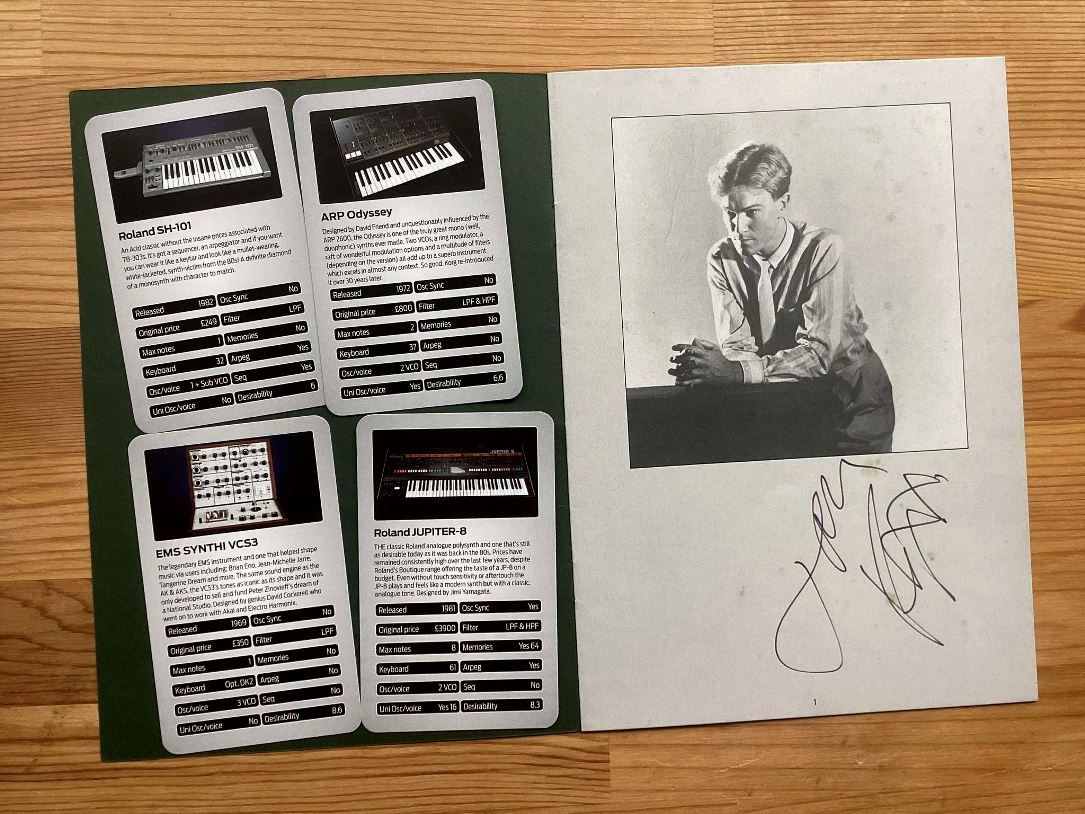
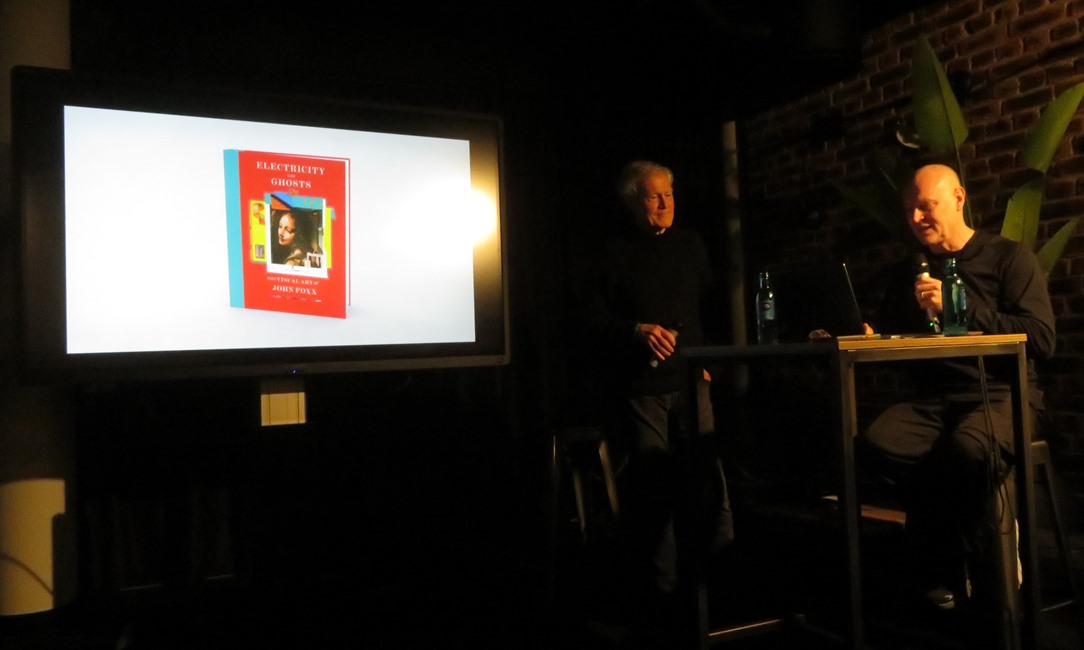

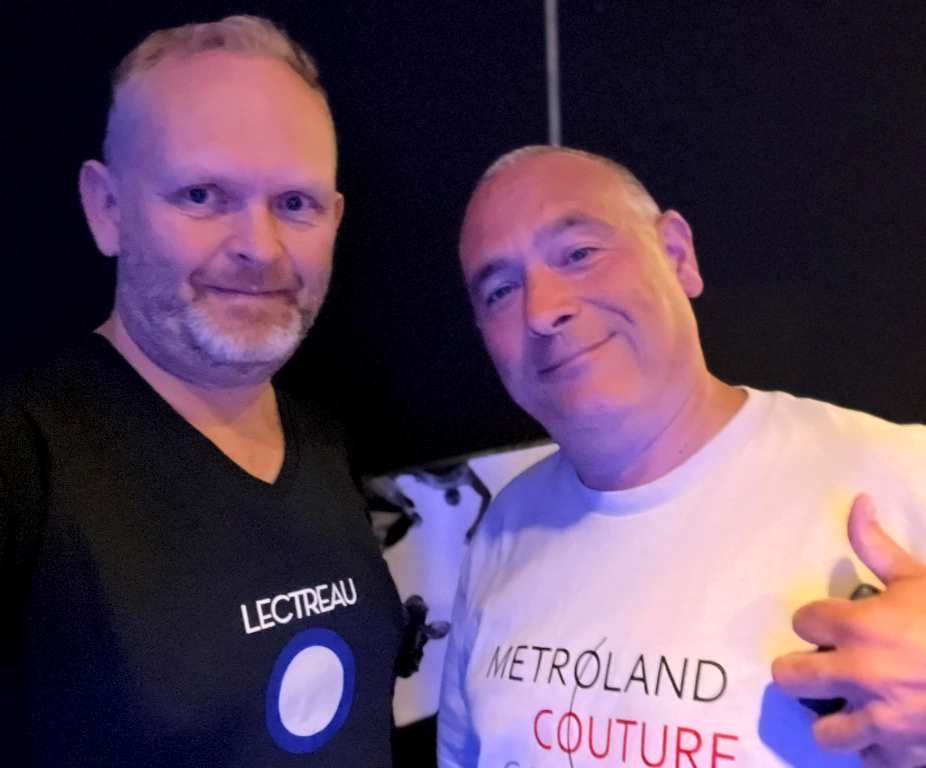
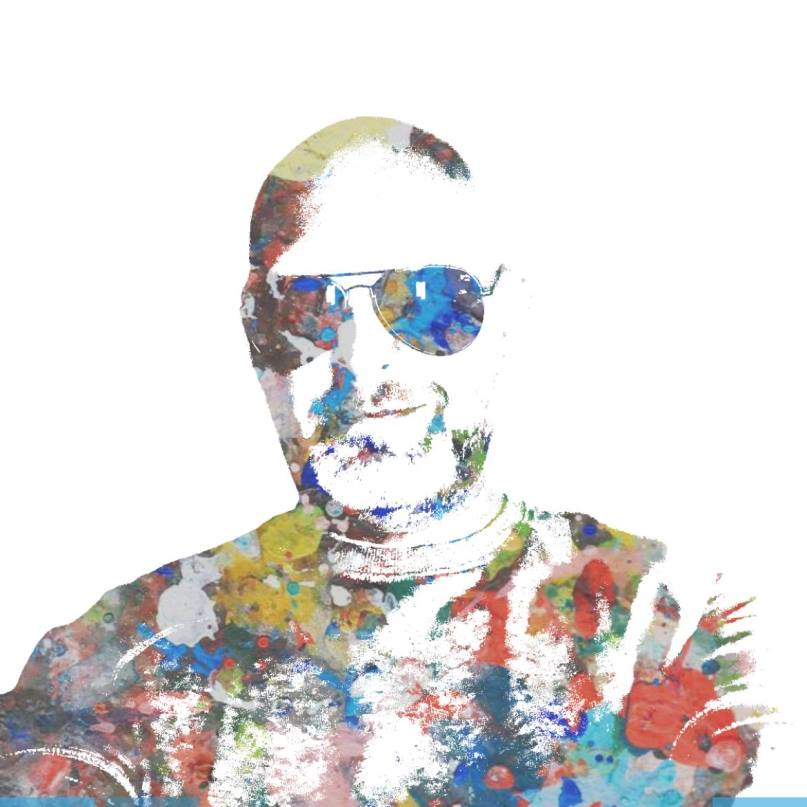




















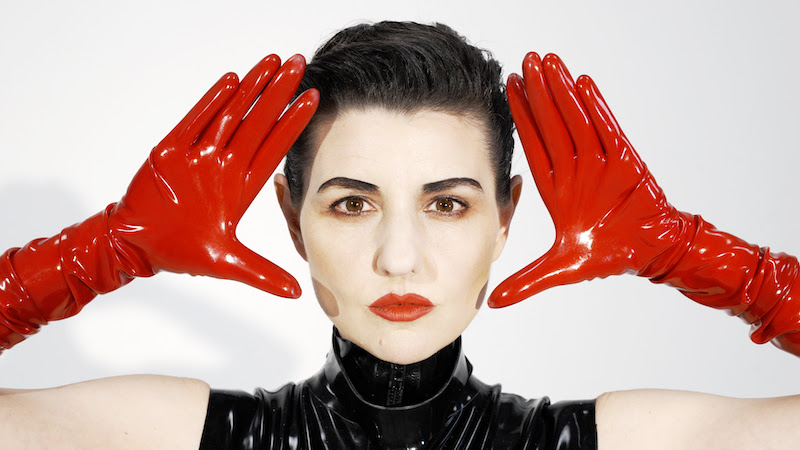

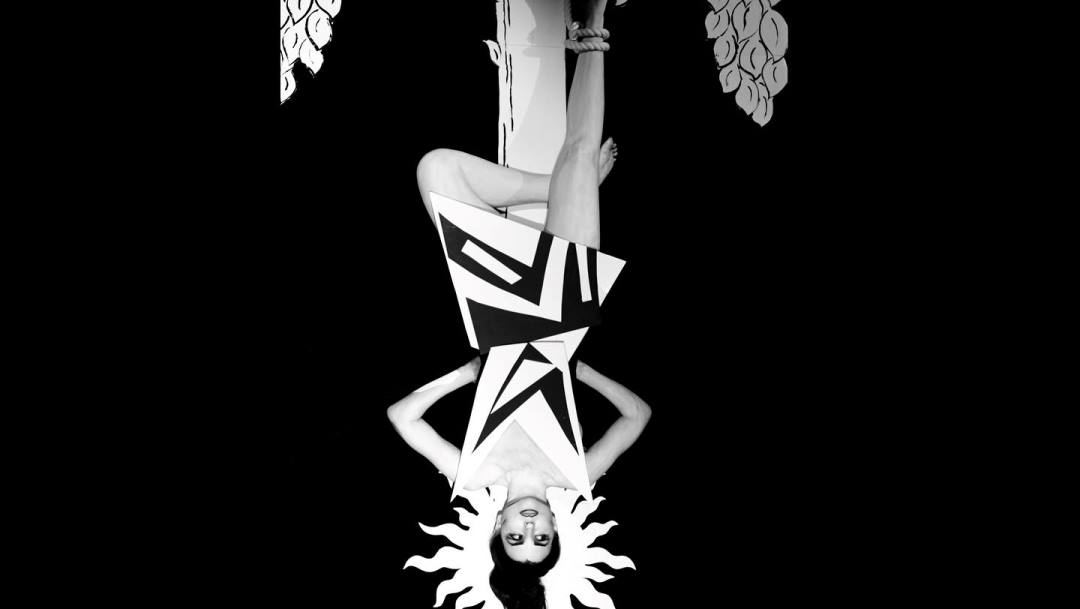
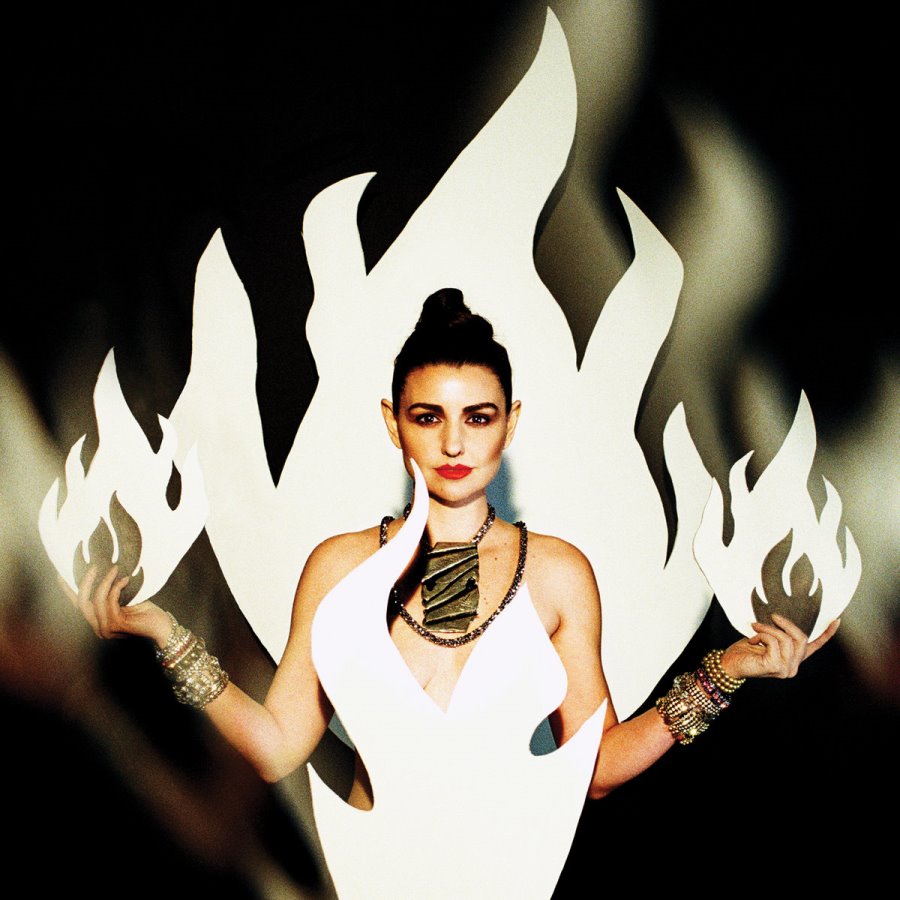
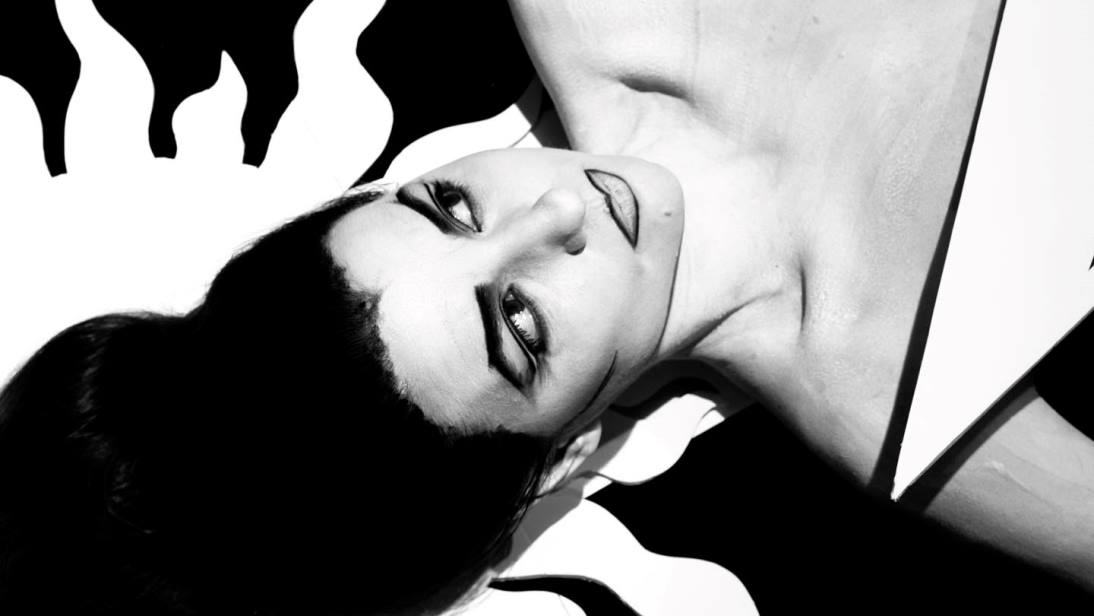

Follow Us!